Negative Effects of Winter Weather on Facilities
States across the U.S. are seeing harsh and unpredictable weather patterns this month, furthering illustrating that weather can have a lasting negative impact on all facets of facilities. If commercial facilities are not properly monitored and maintained, problems caused by winter weather can lead to unforeseen issues such as interior leaks, roof material damage, and even structural collapse in extreme cases. Facilities should be prepared and have a facility management plan in place that incorporates proactive inspections and maintenance procedures for assets such as roofs, facades, envelopes, and more, that take effect before any significant damage occurs due to harsh weather conditions.
Winter weather conditions such as cold temperatures, snow, ice, and high winds are often direct causes of facility damage. Extreme temperatures – such as ones seen this month in typically warmer states like Texas – contribute to expansion and contraction of roof materials.
Since roof assemblies are a system of materials, the component parts tend to expand and contract independently and often at different rates during the freeze and thaw process. Under these conditions, serious roof system deficiencies, such as membrane detachment and seam failures, often develop.
To ensure your facility is prepared for any type of unpredictable weather pattern throughout the year it is best practice to conduct a thorough roof and facade inspection annually to catch issues before they evolve into catastrophic damage. However, small or subtle deficiencies are often invisible to the naked eye and may be completely missed by conducting a simple visual inspection.
EagleHawk’s drone-enabled thermal inspection services have helped many organizations identify the presence and location of facility issues, helping reduce risks and save costs. EagleHawk is experienced at inspecting facilities damaged from extreme weather conditions, ranging from hurricanes, tornados, ice storms, and more. As part of EagleHawk’s services, facilities receive a comprehensive interactive report of inspected facility assets, providing the insights needed to effectively prioritize funds and plan repairs.
